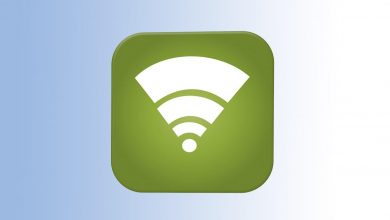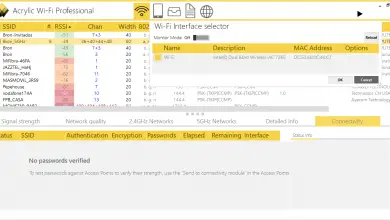Top 5 Helpdesk ticket systems (revised)
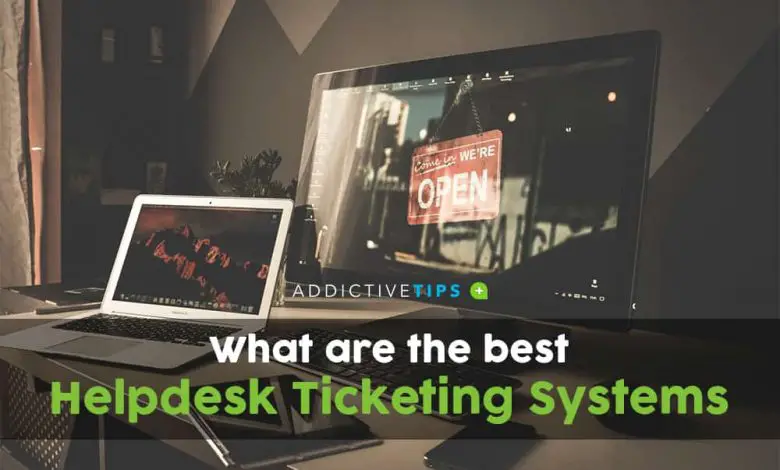
Help desk ticketing systems are typically large and complex software. This makes choosing the best one for you a bit difficult. And if you consider that most of these systems are really just components of even larger help desk management systems, you're up for a challenge. In this article, we'll try to explain these systems and their various components and go over some of the best support ticket systems we've been able to find.
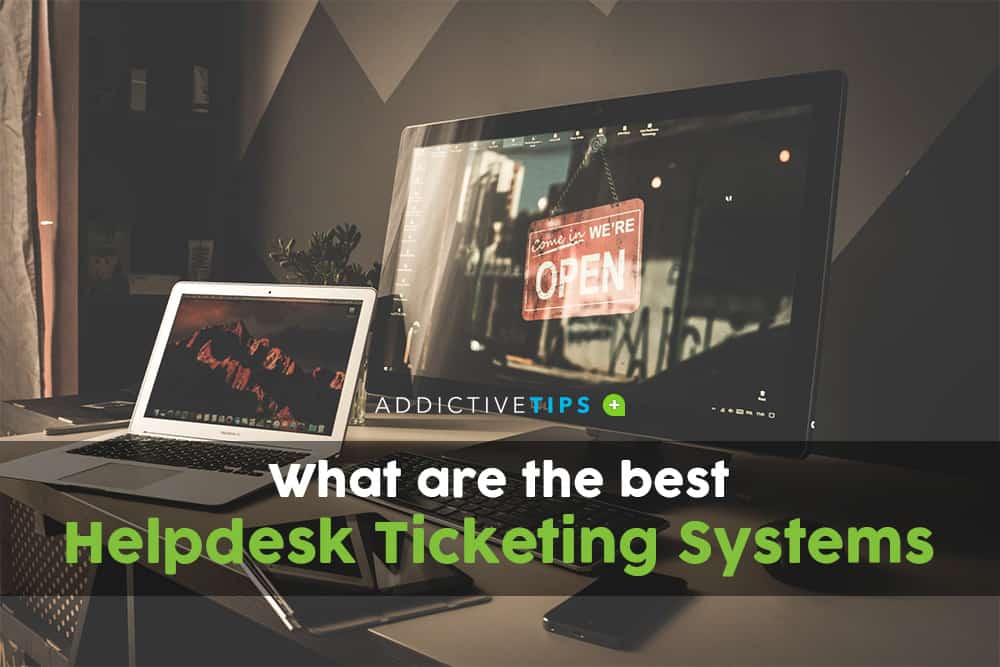
We'll start by discussing the help desk ticketing, as that is, after all, the main topic of this article. We'll also take a closer look at other important components of the support software, such as asset management and knowledge base, and present a less detailed look at some less important features. Next, we'll briefly explore the different deployment options that are installed locally and cloud-based before we can finally go over the top five technical support ticketing systems.
About the help desk ticketing
Ticketing is one of the most basic functions of an IT helpdesk and the central element of most IT helpdesk programs. When a user contacts the helpdesk to report a problem, a ticket is opened. It is apparently universal. The ticket will usually contain relevant information about the user, their team, the problem they are having, and the specific conditions where and when the problem occurs. The ticket is also where each resolution step will be documented. It usually shows what was done, when and by whom.
In addition to providing a storage facility for all relevant information about a problem, a help desk ticket system often also includes some form of workflow management. For example, tickets can be assigned to different team members based on various factors, such as availability or skills. A support team, for example, might have someone who specializes in printing issues and all printing related tickets would be assigned to that person.
A help desk ticketing system also typically has service level agreement (SLA) and priority management features. Some types of business critical issues may require resolution within an hour, while others, less critical, may tolerate being resolved the next day. A good ticketing system will follow this. Escalation is also a common feature of a support ticket system. After some time, unresolved tickets can be automatically escalated to the next level. This can dramatically improve resolution time and reduce the number of SLA violations.
INTERESTING READING: The 7 top IT asset management software tools reviewed
Other typical software components of the helpdesk
There was a time when help desk software packages were little more than ticket management systems. This is not so much the case today, and they usually include various features that were available as separate packages. There are obvious advantages to having as many features as possible in a single package.
First of all, the learning curve is much smoother. Although the different components serve different purposes and therefore function differently, the on-board software will have a common user interface that functions the same in all modules.
Another big advantage of integrating multiple tools into one is cost savings. An integrated support package will often cost more than a ticket management system, but will always cost less, sometimes much less, than purchasing each component from a different vendor. And since we're talking about the tech support software components, let's take a look at what are the major components besides ticketing.
Asset Management
Asset management is a more common feature than ever before in helpdesk software . There is a simple reason for this. Since a problem ticket should normally include, among other things, detailed information about the computer on which the problem occurs. Wouldn't it be easier if this information could be automatically added to any newly opened ticket?
Asset management systems are inventory databases that contain detailed information about every piece of equipment owned by an organization. They usually also contain information about users and the team assigned to them and easily list all the teams assigned to a given user. By integrating asset management and ticket management, tickets can be automatically populated with equipment details based on caller identity. This can be fully automatic or allow first level help desk assistants to choose from a list of equipment associated with the caller.
To be truly useful, asset management requires that all of the equipment inventory is entered into the inventory database. This can be a huge task in some organizations. To mitigate this, some systems will allow you to add equipment details on the fly. For example, when a user calls for the first time, the technical support assistant can document their equipment and add it to the asset management system.
READ ALSO: Best tools for IT service management
Database
Another important element of technical assistance systems is a knowledge base. As you may have experienced, the issues are sometimes redundant. For example, different users may experience many similar issues related to user training. A knowledge base will provide a quick and easy solution to recurring issues by allowing technical support personnel to search for historical data on past issues.
Some of these systems are automated and will search for previous resolved tickets for similar parameters such as symptoms and equipment and suggest a solution. Others are independent systems that must be completed from the ticket data. The usefulness of these systems varies greatly depending on the system itself, but also on the type of issues your technical support is handling.
What else?
Various other components or features can be found in supporting software. One of the most interesting is the integration of telephony. The integration of computer telephony is a complex area, but recent telephone systems make it easier than ever. An integrated help desk system could, for example, automatically retrieve user information from the telephone system when a user calls. This information can include information about previous tickets and resolutions for that user. Combined with asset management capabilities, it could even provide a technical support agent with detailed information about a user and their equipment before they answer the phone.
Remote control is another popular option available in various technical support packages. Remote control systems allow help desk assistants to take control of a user's computer. They can work on the computer as if they were sitting across from it. This often results in a much faster resolution, as a technician does not have to visit the user to resolve the issue. It is especially useful in large organizations with multiple sites and a centralized help desk, as well as in organizations that rely heavily on remote workers.
Locally installed tools vs cloud-based tools
Cloud computing is more popular than ever. So it's no wonder that there are several support ticketing systems available in the cloud. Of course, there are pros and cons for locally installed and cloud-based systems. For example, cloud-based solutions typically require less maintenance, as they are typically managed by the vendor. Likewise, backups are usually provided by the vendor.
In contrast, a locally installed solution will often integrate better with your other systems. For example, you might already have an asset management system and want the technical support ticket system to interact with it. While this can be done with some cloud-based solutions, it's usually easier with local software.
The best helpdesk ticketing systems
Here's a sample of the best help desk ticketing systems we could find. All of them include additional features that make them more like help desk management systems than ticketing systems. However, it is its ticketing capabilities that we take a closer look at in the preparation of this article.
1. SolarWinds Web Support Service (FREE TRY)
Solarwinds is a common name in the field of system and network management tools. The company's flagship product, Network Performance Monitor, is considered by many to be one of the best SNMP network monitoring tools. The company also has task-specific tools in most areas of system and network administration and troubleshooting, including several free tools.
For its IT support service, the company offers a SolarWinds web support service . Despite its somewhat misleading name. it is not a cloud based system. It's web-based, hence the name, but it installs locally on your network. Being web-based means you don't need any client software, and your support assistants only need a browser to gain full system access. This can greatly facilitate the deployment of the tool.
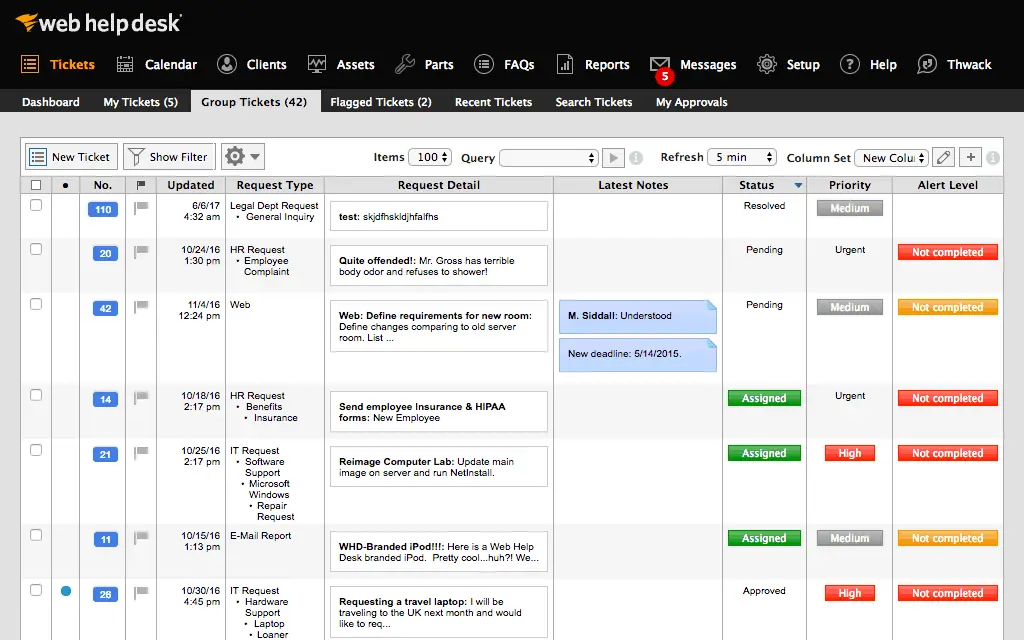
- FREE TRY: SolarWinds Web Support
- Official download link: https://www.solarwinds.com/help-desk-software/registration
In addition to automated ticket management and a centralized knowledge base, the tool has excellent change management features. Change requests with automated approval workflows can be created with the SolarWinds Web Help Desk . Another important feature, SLA management, is just as good and has scheduled notifications. SolarWinds Web Support integrates with Active Directory and LDAP, as well as many third-party asset management systems.Another very useful feature is the automatic conversion of emails to tickets, which allows you to set up a support mailbox where any email received is automatically converted to a ticket.
Reporting and tracking are additional features of the product. For example, its integrated dashboards and reports allow you to track ticket status, technician performance, and customer service needs. There are also automated feedback surveys that you can ask users to complete after they resolve the ticket. They allow you to monitor customer satisfaction and helpdesk performance.
La pricing of assistance service SolarWinds Web is based on the number of support technicians you have. The price starts at $ 700 per technician, regardless of the number of end users. Un SolarWinds 14 day free trial can be downloaded . For more information, also available a guided tour and a live demonstration on Site de Solarwinds .
2. ManageEngine Service Desk Plus
As Solarwinds , ManageEngine is a name familiar in the field of system and network management software. Their package Service Desk Plus is one of the few that is available as a cloud service or local software, and both options offer a similar feature set.
Speaking of features, ManageEngine Service Desk Plus is the one of the most ITIL-focused helpers we've seen. If you are familiar with the intricacies of the IT Infrastructure Library (ITIL), you will feel right at home with this product. Many of its functionalities are based on ITIL and its different modules correspond to ITIL processes. For example, the tool includes modules for incident management, problem management and change management. It also has a service catalog and a configuration management database (CMDB). Asset management and project management complete this well-equipped technical support package.
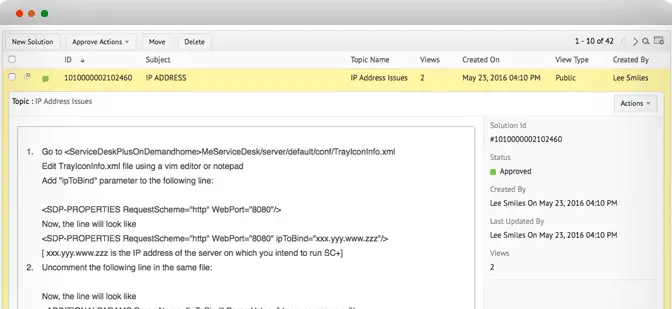
Reporting is another strong point of this product. Le ManageEngine Plus Service Desk comes with over 150 predefined reports. You can get information about completed tickets based on various parameters or monitor technician performance. Reports can be exported in various formats such as HTML, PDF, XLS or CSV. You can also create our own custom reports in minutes without writing a single line of code.
Le Service Desk Plus ManageEngine is available in three license levels with increasing feature sets. The standard version only includes the help desk ticketing system, the professional version adds asset management functions and the Enterprise version adds project management and all ITIL functionality. Prices start at $ 1 per year.
3. Jira service desk
Jira service desk by Atlassian is a technical ticket support system with an interesting twist. Although the tool is suitable for any type of IT support, it has been specially designed for internal software support. It fully integrates with Jira Software, a project and problem tracking software package for software development, also from Atlassian.
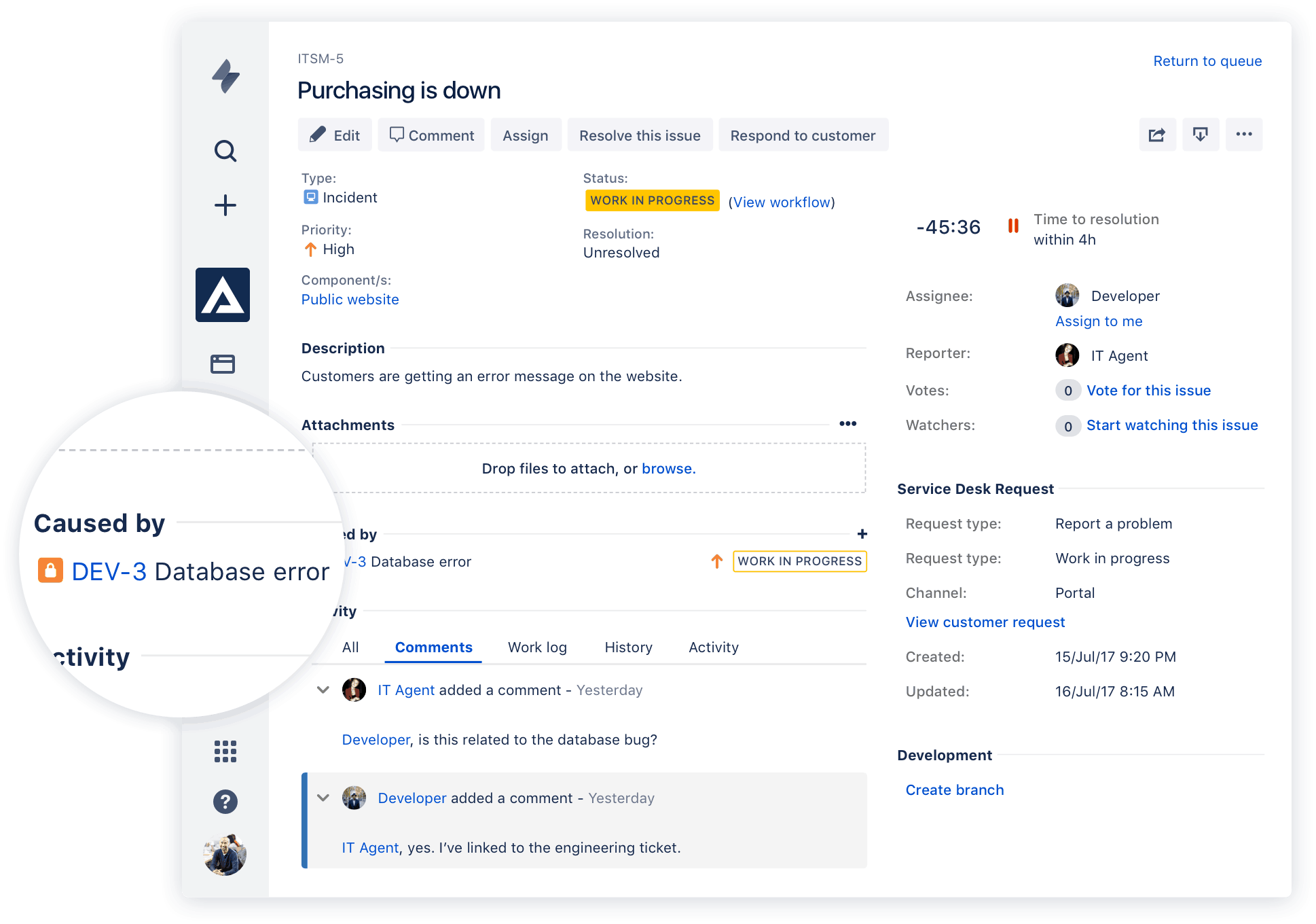
Jira service desk is one of the few packages to offer a self-service support service where users can open their tickets themselves. It also has automation, as well as SLA and CSAT reporting. One of the best advantages of this product is its simplicity and speed of installation. Unlike some competitors, it could be up and running in a matter of days. Another fairly unique feature of this product is the Jira Marketplace, where you will find over 800 apps that can interact with Jira Service Desk and other Jira products. It is reminiscent of the Google Play Store and other app stores.
Jira service desk did not integrate knowledge management. However, the software can interface with Jira Confluence, a type of knowledge base / artificial intelligence system that can be combined with the self-service help desk to help end users solve problems without human intervention. .
Given its capabilities, Jira service desk is relatively inexpensive. A flat fee of $ 10 per month will suffice for up to three help desk agents. Between 4 and 15 agents, you will need to shell out $ 20 per agent each month and volume discounts are available if you have more than 15 agents. A free trial is available, but it only lasts for 7 days. It is good that the software installs quickly.
4. ZenDesk support
ZenDesk Support is a complete helpdesk management solution, not just a ticket system. It has several unique ticket management features that make it a very attractive option. For example, ticket forms can be created for different types of request and only include fields that are relevant to that specific type of request.

